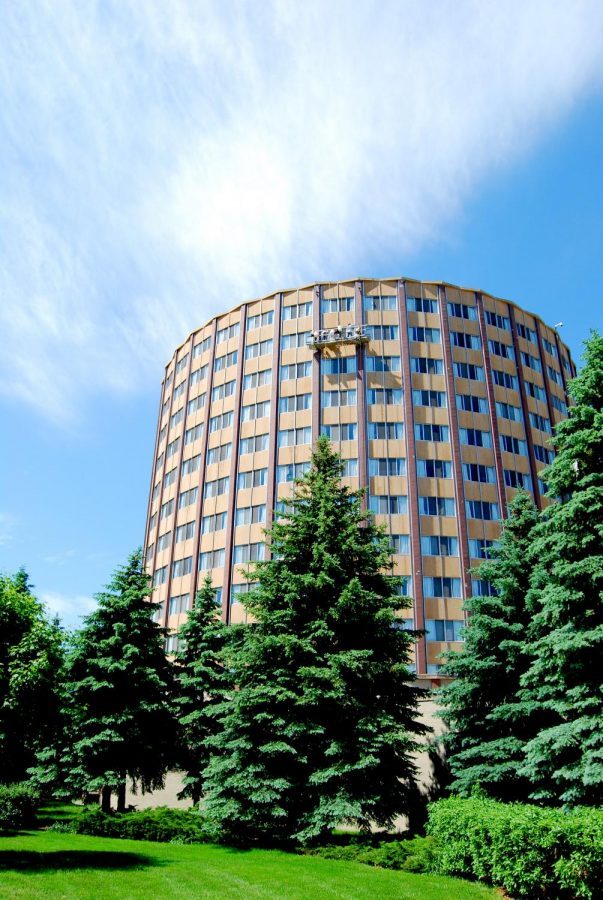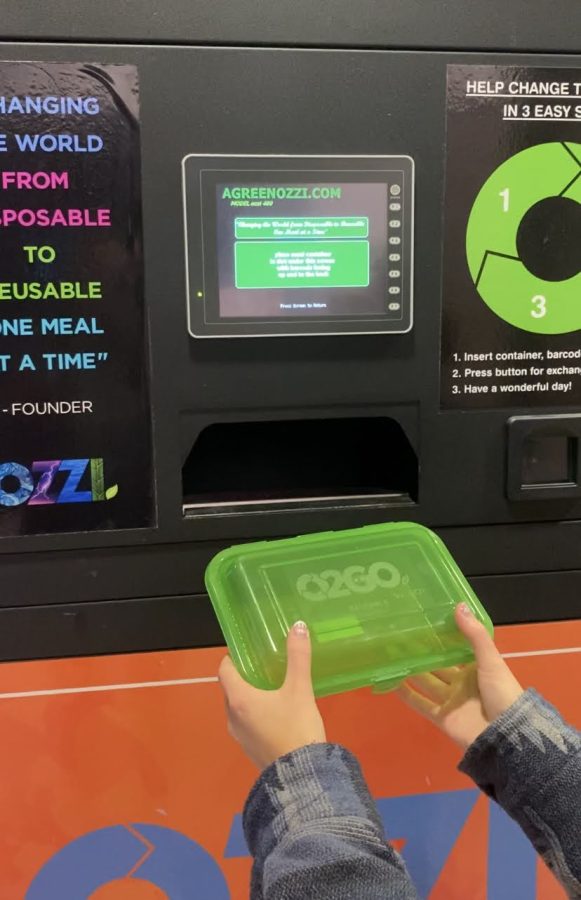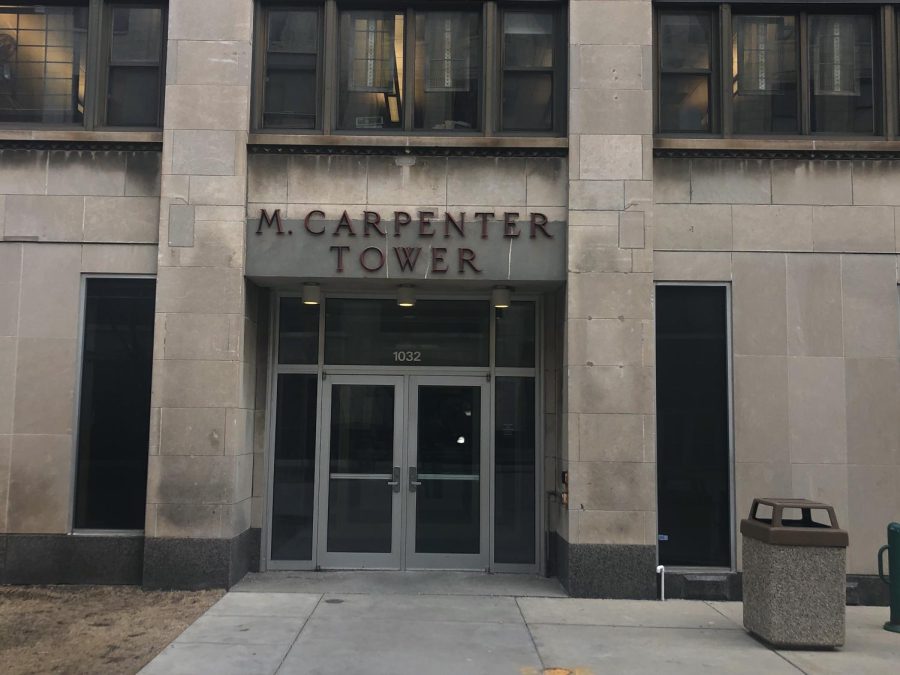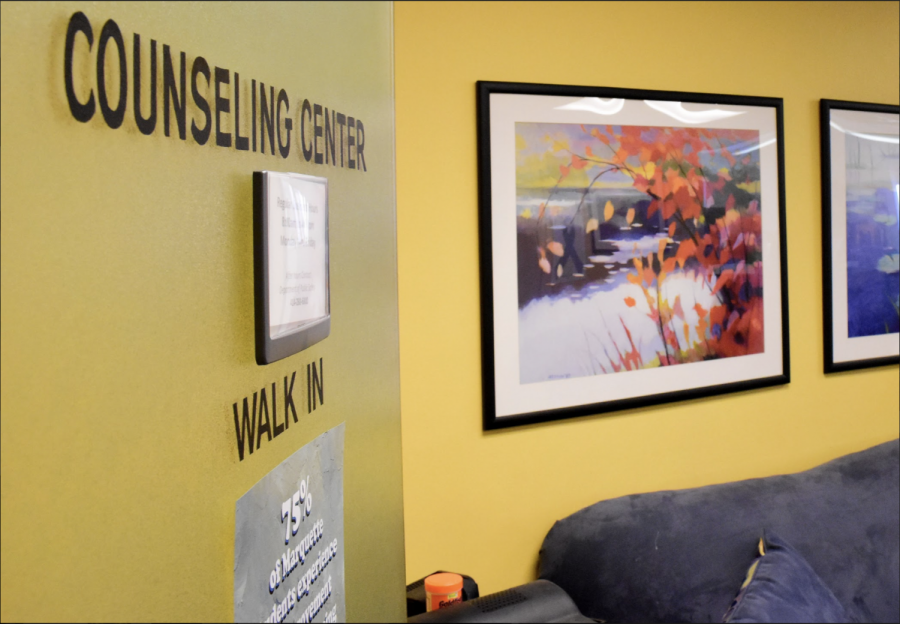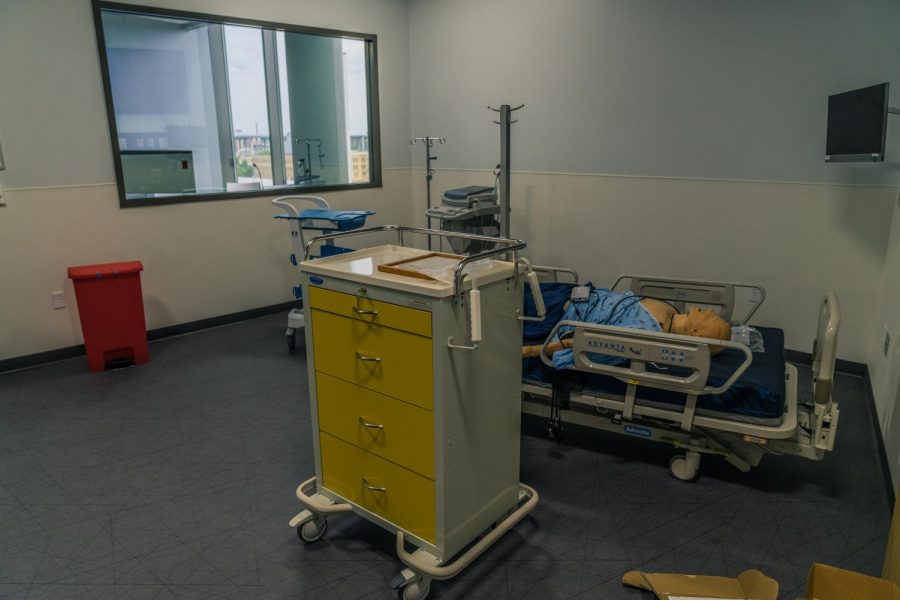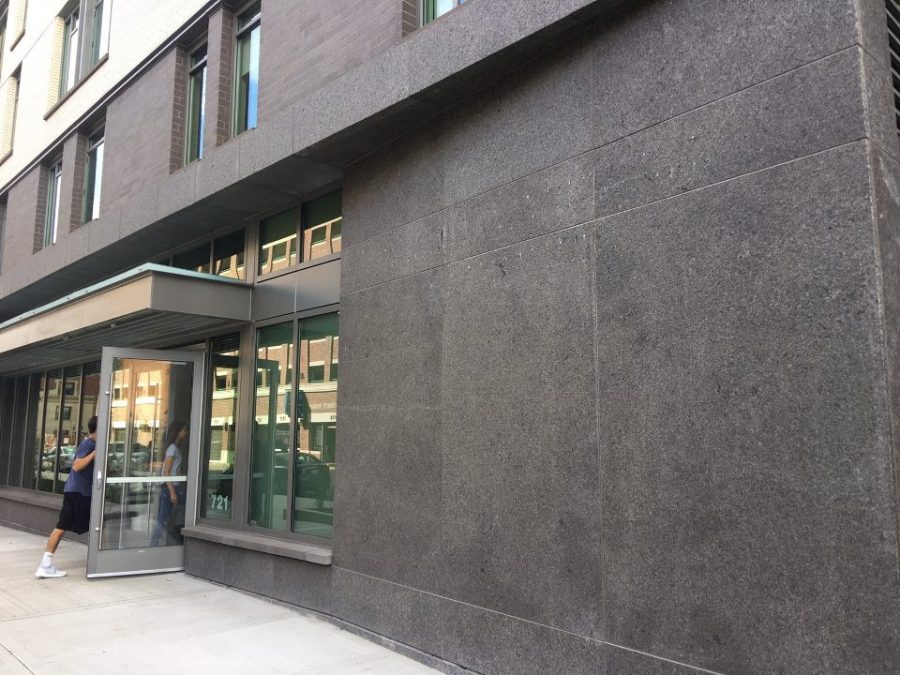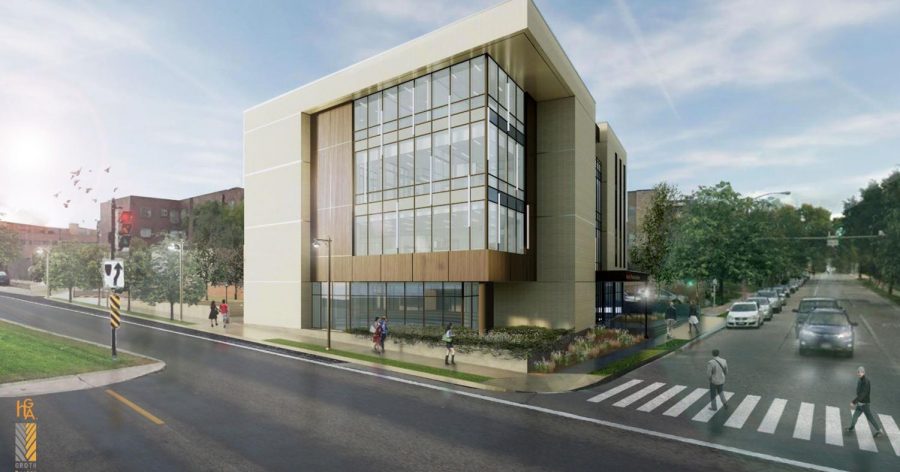The university will begin demolition of McCormick Hall mid-to late May, according to a university news release sent via email March 12. The demolition should be complete by November and is a part of Marquette’s Master Plan. The plan to demolish McCormick was first announced in May 2016 when the proposal for a new residence hall was released.
Despite the announcement of the upcoming demolition, there is no plan for a building to take its place. In a previous Marquette Wire article, Lora Strigens, vice president for planning and strategy, said the next project for the space would need to be ready before the building was demolished, but as of right now, the site of McCormick will function as a green space.
The University should provide a clear, consistent and publicly available breakdown of the Master Plan that provides more specific information about the administrations approval process and ideas moving forward. This would help students, staff and faculty know what was happening on campus and hold the administration accountable for building plans and open communication.
Marquette should involve the campus community in the decision-making process. Doing so would expose university officials to the wishes and perspectives of the people who navigate and utilize university facilities on a regular basis.
Currently, the university allows student organizations to use the first floor of McCormick for practice space. With demolition day looming, it is not clear if and where student groups will be able to find comparable space to use. Students, staff, faculty and others who use the space should have the opportunity to give their input as to the resources and spaces they may need once McCormick comes down.
One way community input could be gathered is through listening and feedback sessions regarding the Master Plan. It is essential that students, staff and faculty are invited to participate in discussions with the Board of Trustees present, which is the body that approves projects. Providing this access to members of the campus community could contribute to projects being chosen and executed in ways that are considerate and thoughtful.
Another option would be for the university to create online surveys. This could reach a majority of the campus community in a convenient way and could help the university to get a good idea of what type of facility or space the campus community desires. This would be an opportunity for almost everyone to provide input. Although in-person listening sessions would be favorable, it is necessary that the university takes some step promptly to promote transparency in its demolitions and projects.
If the university gains ideas regarding the types of resources desired on campus it could better invest its money and time to create facilities that students, staff and faculty are happier with and more likely to use.
Both ways to get community input are simple and cost-effective. Students may currently want to get involved, but don’t know how to do so. Putting these measures in place could help solve this issue. The university must make an intentional effort to increase transparency about the Master Plan and create pathways for community feedback.

